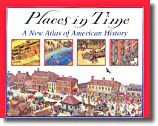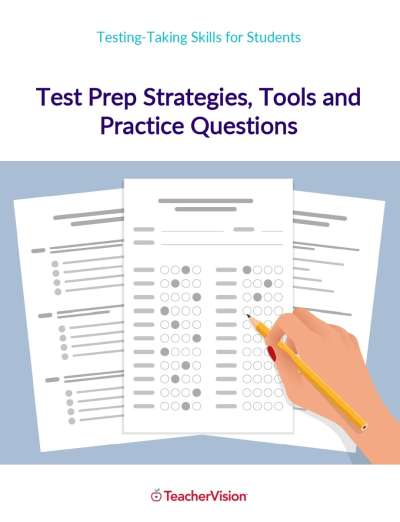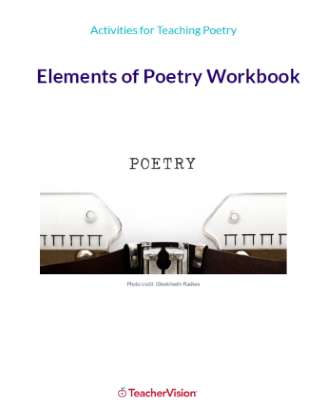These are stories of change: of pilgrims and pioneers, soldiers and children, explorers and adventurers building new lives and finding new worlds.
Journeys in Time and Places in Time
by Elspeth Leacock and Susan Washburn BuckleyIllustrated by Rodica Prato and Randy Jones
Enrichment Activities
Internet Resources
Enrichment Activities
- Put Yourself in the Past
Encourage students to imagine themselves in each of the forty stories in these two books. Ask them to think about who they would be (what role they would play), what they would do, what they would wear, how they would feel. Ask them to write their own stories as part of their favorite scene in Journeys or Places. - Seeing History as Stories
Each of the stories in these books is a true story: these are factual, not fictional, accounts. As much as possible, however, the authors wrote the stories in a narrative form. To help students see history as story, have them analyze the stories in Journeys and Places as they do a piece of literature. Ask: Who are the main characters? What is the setting? What is the plot?- Analyzing Pictures
Have students examine the art in Journeys and Places and record their observations. You might tell your students that historians often examine one part of a picture at a time. This helps them to notice the smaller details. They can organize their observations under three headings: "Observations of People", "Observations of Things," and "Observations of Activities."
Then lead the class in a discussion exploring what can be learned from their observations. Ask questions such as: What can we learn from the clothing, the modes of transportation, the buildings, or the various activities observed?
Finally, help students put themselves in the art. Discuss what would be wrong if they were in the picture (their clothing, or their belongings, watches, backpacks, hats, hair clips, or barrettes, for example).- Traveling Along
One of the discoveries made by the authors was that the "simpler" a map is, the more abstract it is. Rather than being easy to read, it is more difficult for young viewers to understand. A map is a picture of a place. The more there is to look at, the more you understand about that place. Encourage students to "read the landscape" in Journeys and Places to see the impact that geography had on the lives of people in the books.- Student Stories
Finding a Story
Have students choose a story that they care about: it can be the true story of someone they know, the true story of a famous person, or a story that they make up based on historical fact. To find good stories in their own families, suggest that they interview some elders the older the better!- Telling the Story in Words
You'll have more fun (and so will your students) if you open up the possibilities for telling the stories. In addition to written stories, students could tell the story aloud, videotape their interviews, write plays, or use words in any other genre that appeals to them. However the story is told, impress upon students the importance of careful research in making their stories historically accurate.- Telling the Story in Images
Using Journeys and Places as examples, help students decide whether to make a Story Map of a journey or a place from the past. For map and visual reference, students can use Websites such as the ones below.- Telling the Story in Words
- Analyzing Pictures
Internet Resources
Maps
Grade Levels: All
http://lcweb2.loc.gov/ammem/gmdhtml/gmdhome.html
http://nationalgeographic.com
Images
Grade Levels: All
http://www.corbis.com
http://www.altavista.com
http://google.com (click on "images")
https://www.loc.gov/














